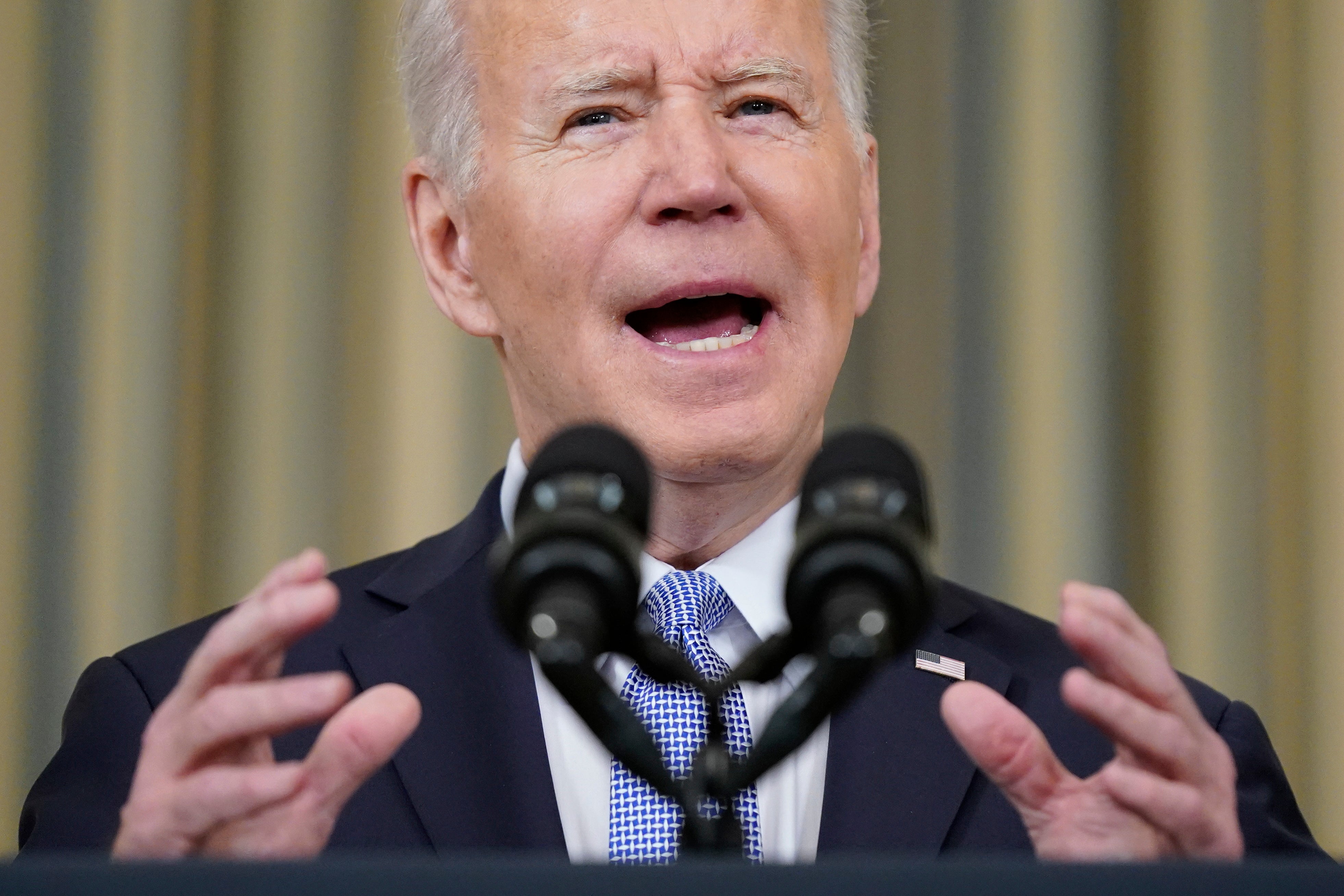COVID-19 asylum limits at US-Mexico border to end May 23
The Centers for Disease Control says it's ending a policy that limited asylum at the U.S.-Mexico border to prevent the spread of COVID-19

Your support helps us to tell the story
From reproductive rights to climate change to Big Tech, The Independent is on the ground when the story is developing. Whether it's investigating the financials of Elon Musk's pro-Trump PAC or producing our latest documentary, 'The A Word', which shines a light on the American women fighting for reproductive rights, we know how important it is to parse out the facts from the messaging.
At such a critical moment in US history, we need reporters on the ground. Your donation allows us to keep sending journalists to speak to both sides of the story.
The Independent is trusted by Americans across the entire political spectrum. And unlike many other quality news outlets, we choose not to lock Americans out of our reporting and analysis with paywalls. We believe quality journalism should be available to everyone, paid for by those who can afford it.
Your support makes all the difference.The Centers for Disease Control announced Friday that it is ending a policy that limited asylum at the U.S.-Mexico border to prevent the spread of COVID-19.
The use of public health powers had been widely criticized by Democrats and immigration advocates as an excuse for the United States to shirk its obligations to provide haven to people fleeing persecution. The policy went into effect under President Donald Trump in March 2020. Since then, migrants trying to enter the U.S. have been turned away more than 1.7 million times.
The policy, known as the Title 42 authority, named for a 1944 public health law to prevent communicable disease, will end on paper April 1, but it will not take effect until May 23, to allow border officials time to prepare.
“After considering current public health conditions and an increased availability of tools to fight COVID-19 (such as highly effective vaccines and therapeutics), the CDC director has determined that an order suspending the right to introduce migrants into the United States is no longer necessary,” the CDC said in a statement.
The decision is expected to draw more migrants to the U.S.-Mexico border.
The Department of Homeland Security said this week that about 7,100 migrants were coming daily, compared with an average of about 5,900 a day in February — on pace to match or exceed highs from last year, 2019 and other peak periods. But border officials said they are planning for as many as 18,000 arrivals daily.